Across many parts of the western world, the bitter gray tedium of winter is made just about bearable by the timely arrival of jolly old Christmas with its tinsel-draped rituals and sense of communal abandon. It is in a similar fashion, and no doubt through similar motives, that the people of Japan have created for themselves a-thousand-and-one sparkly and lantern-lit summer diversions, adding magic and mischief to the sweltering air of this otherwise stamina-testing season.
As the sky weighs down like a great indigo blob, and the hysterical hiss of cicadas fills your ears, it becomes hard to turn a Tokyo corner without running into a riotous procession, a mysterious moonlit ceremony, or a shower of stupendously expensive fireworks. The sounds of chanting and clanging, which fill every second side-street, are accompanied by the muscular banging of taiko drums, echoing out in a life-affirming triumph of thunderous noise and color.
The Obon お盆 festival, which reaches back through at least half a millennium of Japanese history, serves as a chance to honor the spirits of departed ancestors who, notionally at least, drop by for an annual catch-up. The singing and dancing of the Bon odori 盆踊り(Obon dance) serves as a fittingly gregarious welcome for these ethereal returnees, as well as providing a chance for their earthly descendants to let off some summer steam.
Bon Odori: Drinkers, Dancers, and Drummers
Dressed, inappropriately, in heavy twill trousers and lace-up Clark’s, those flair-free vestments of the British oyaji at home or abroad, I am making my way through the sauna-in-the-streets humidity of this early-evening Friday in the capital, toward the Hongwanji Temple in Tsukiji 築地本願寺, where the Bon odori dance is already underway. Swept along on a sidewalk-tide of fellow revelers, I notice a preponderance of stylish and colorful yukata 浴衣 paired with airy geta 下駄 sandals, and begin to regret the choices I have made.
A sweet and melancholy melody fills the thick August air in the streets around the temple, rendering my approach to the festival an unusually contemplative affair, and making me mindful of the turning of yet another of life’s not-inexhaustible seasons. My thoughts are pulled away from this somewhat shadowy avenue by my arrival at the temple gates and the fairyland scene which is revealed to me. The party is in full-flow, and is given a Shangri-La-in-the-city ambience by the long strings of lanterns which criss-cross the temple grounds and spread their golden glow onto the already-shiny faces of the drinkers, dancers, and drummers below.
The grand and enigmatic Indian-inspired architecture of the Hongwanji Temple offers a dramatic backdrop to this gentle-spirited merrymaking, with its fanciful leaf-like roof and turrets framing the yagura 櫓 scaffold, which rises from the center of kaleidoscopically circling rings of dancers. High up on this lantern-lit bandstand, the just-tricky-enough choreography of each dance is demonstrated by those in-the-know, while above even them, the drummers, in dynamic poses, pound on and on. Avoiding, for the moment, being pulled in by the rotational draw of the dance, I take in the swaying human carousel before me and think what magic a Japanese Busby Berkeley could have made of it all.
Shared History of Obon
Deciding it is time to lubricate my creaky and reluctant British joints, in anticipation of giving them a flail-about, I head off in search of drink, hoping that whatever I find is up to the job in hand. Strolling through the cheery and comfortably uncompacted crowds, there is no trace of the unwelcome tension that sometimes disturbs the air of well-attended events held in the maddest months of summer. Instead there is a genuine sense of togetherness and communal enjoyment of this magical annual get-together.
With a reassuringly heavy cardboard-cupful of beer in hand, I stop for a while where trestle tables in great numbers have been laid out in street-party style. Seated around them, and near them, and even under them, happy-looking families are enjoying an enchanted nighttime picnic, dressed in their enviably well-ventilated finery. In their choices of yukata and geta, and glistening tabi 旅 socks, fashion and tradition are mixed with small personal touches that serve to mark out the wearer’s place in the long line of those who play their part in the Obon ritual. Like the strings of colorful lanterns that hang above them, their shared histories stretch off in every direction.
Seated happily on the ground with their mums, little children in highly patterned jimbei 甚平 pajamas are eating snacks and swaying along to the music. My own dearest and most-sadly-departed ancestor, would also, no doubt, have found enjoyment in the hauntingly handed-down sounds that fill the air around us (while perhaps secretly hoping for a bit of Georgie Fame or Dusty Springfield). If she did decide, against all the odds, to drop in for Obon, I think it would be the sight of these cheerfully flushed little past-their-bedtime faces, and hopefully my own, that would really make her think the trip had been worthwhile.
Filled with wistful nostalgia and a fuzzily out-of-focus sense of fun (a heady mixture that seems virtually indistinguishable from Christmas cheer), I make my way back to the perimeter of the dancing throng. Readying myself for the just-about-acceptable embarrassment to come, I check in on my hips and knees, who, thanks to reasonably priced alcohol, have started to believe in themselves just a little bit. By chance, I look up above the heads of the swirling crowd and see a meteor streak across the summer sky. It burns brilliantly, but briefly, with a magnesium intensity, before disappearing against the Tsukiji skyline. A quick glance at the fun-rapt faces surrounding me confirms that this celestial visitor has passed unseen by all but myself. I drink the last of my beer and join the dance.
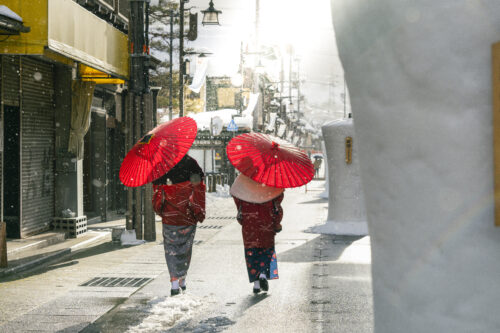

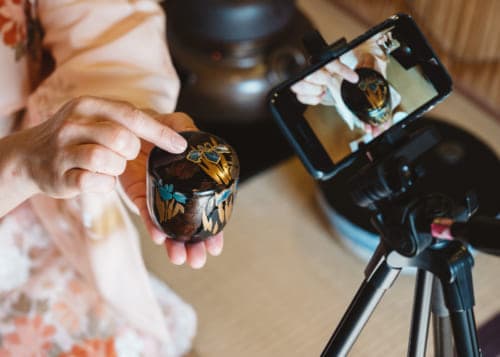
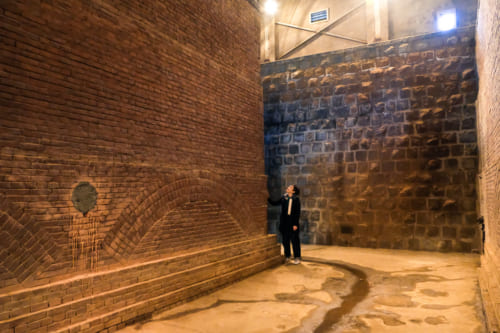
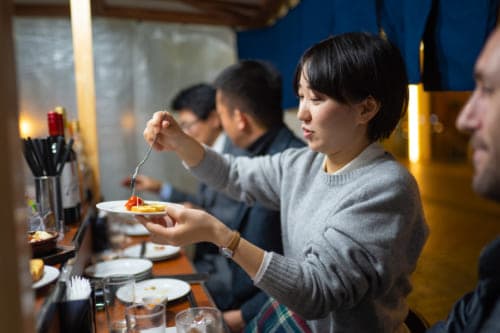
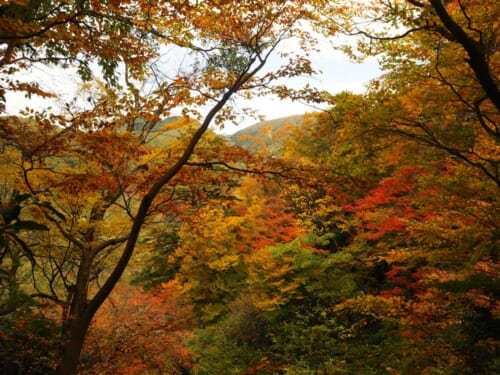
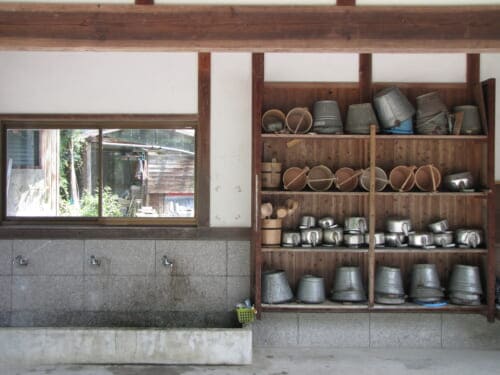
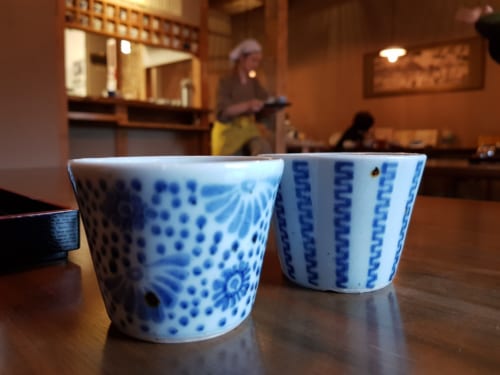


No Comments yet!